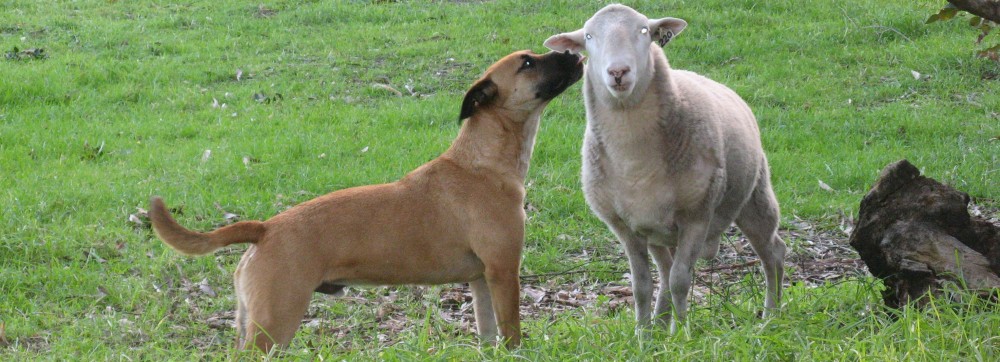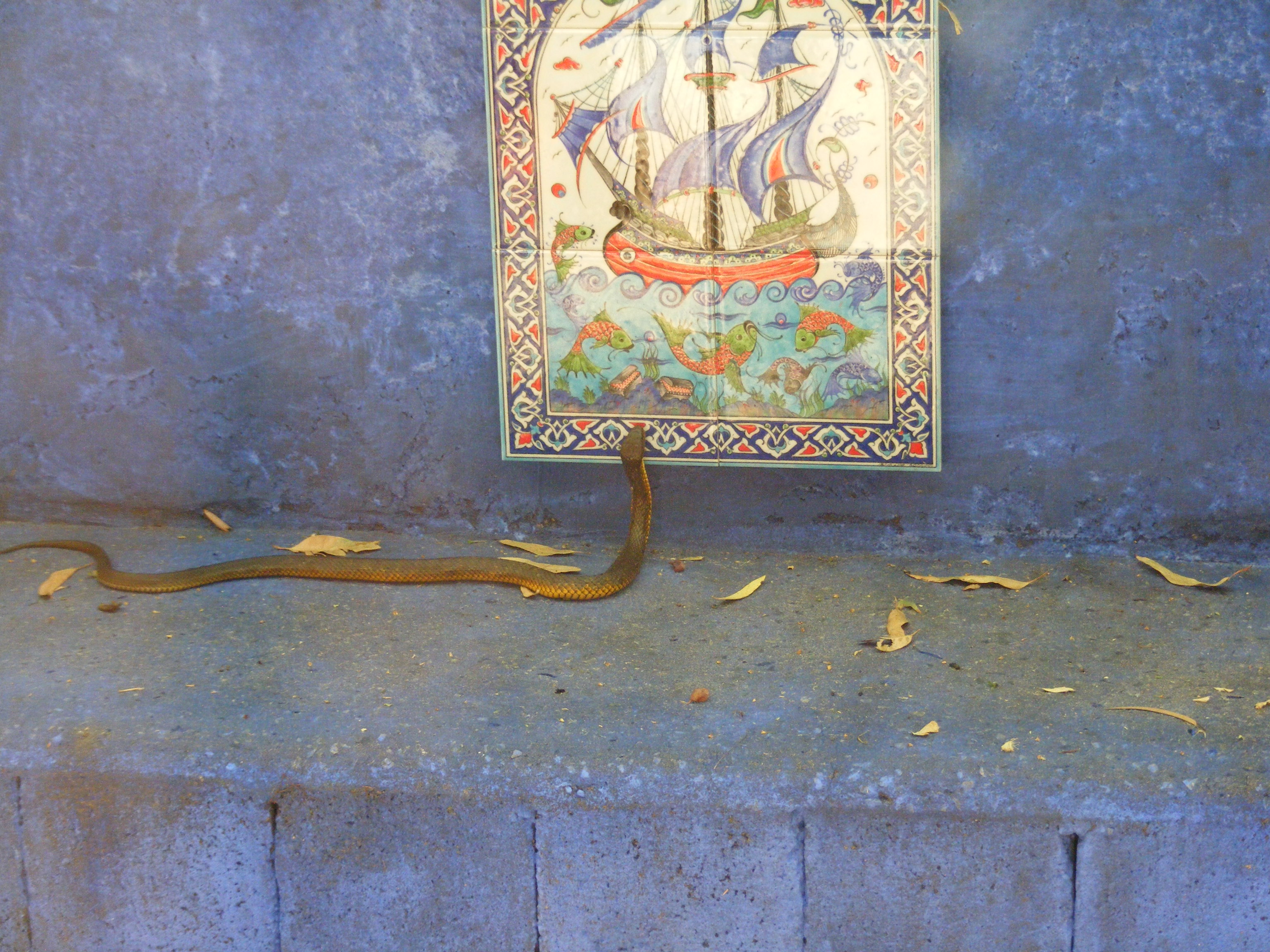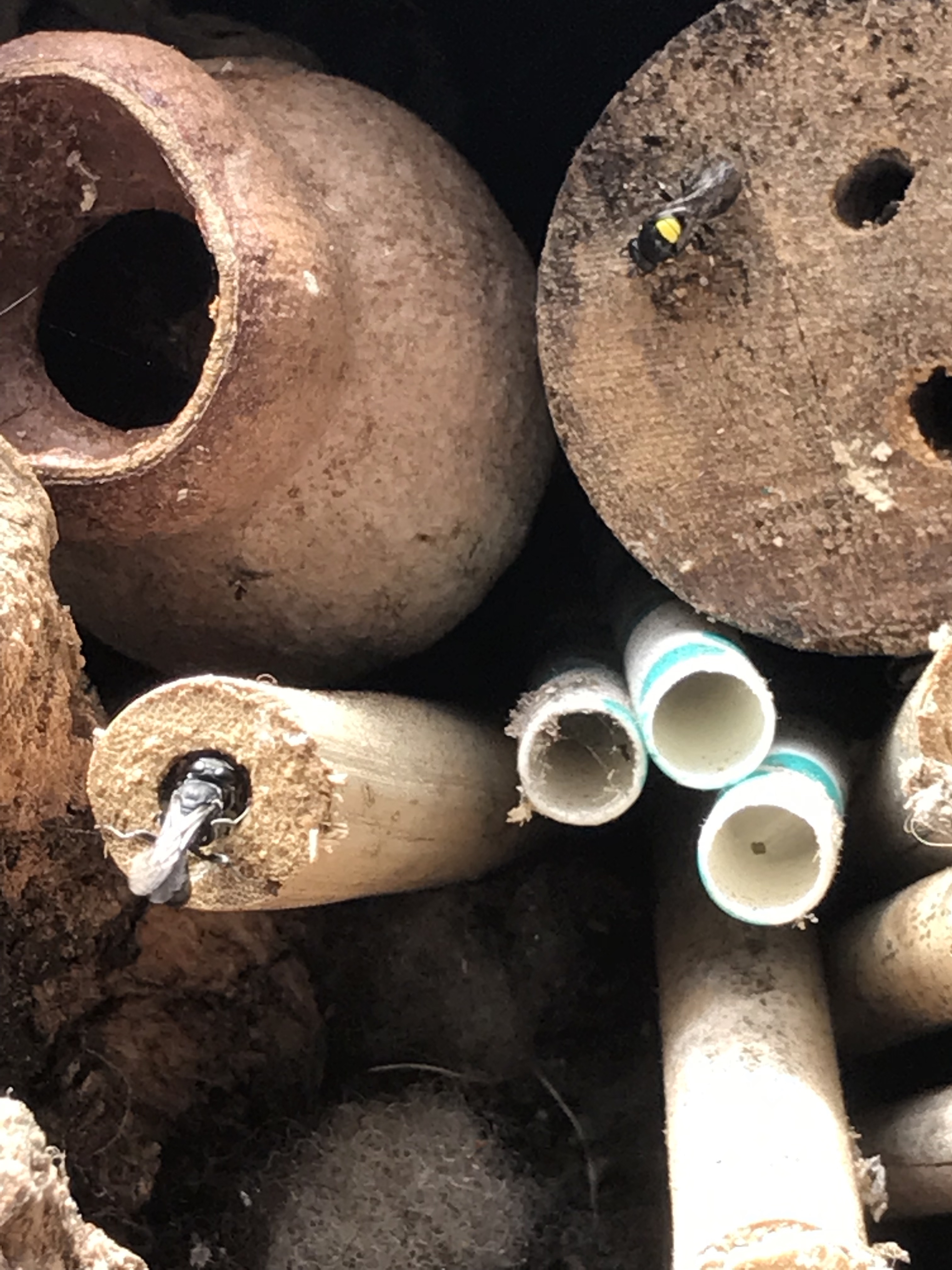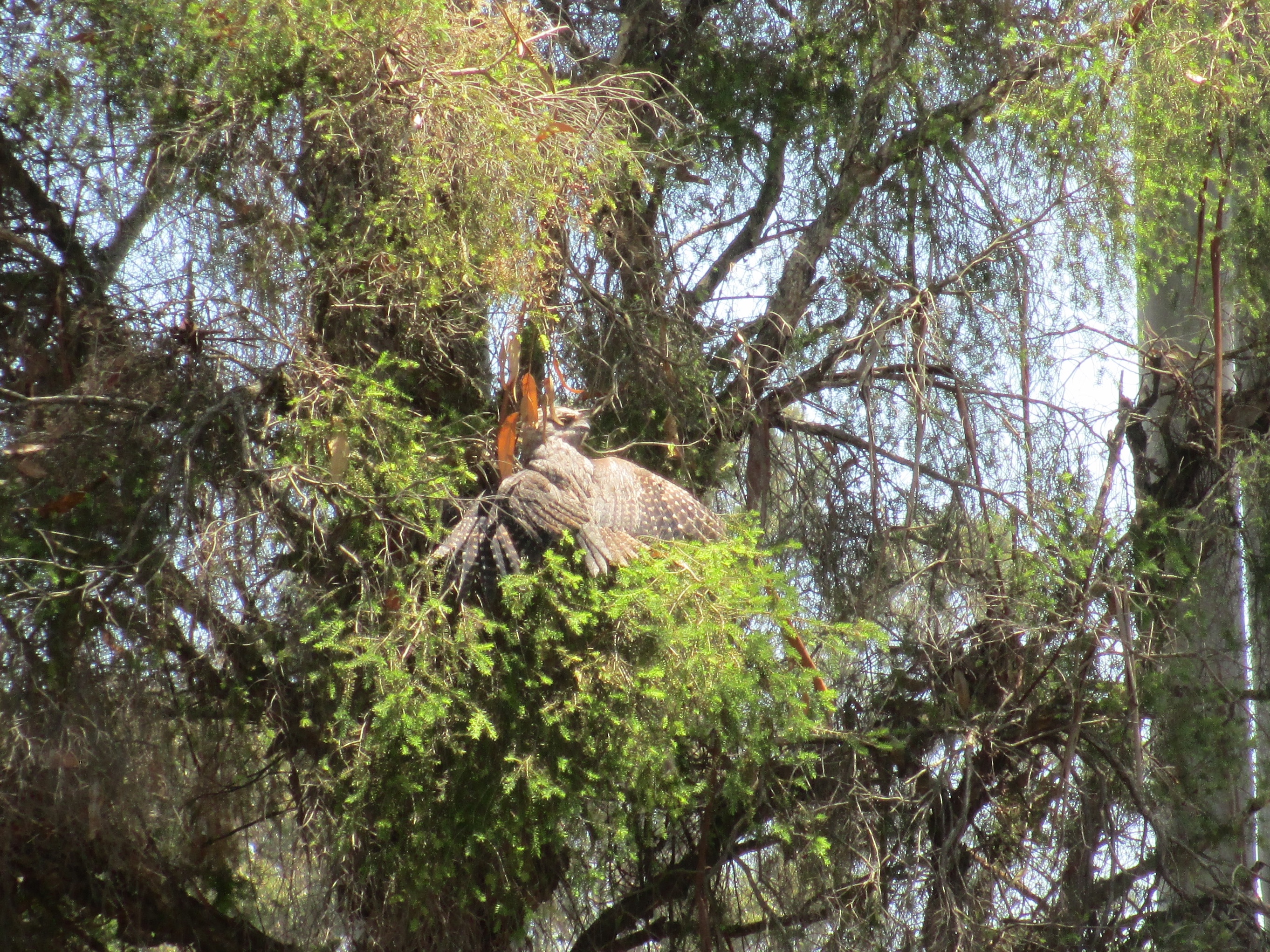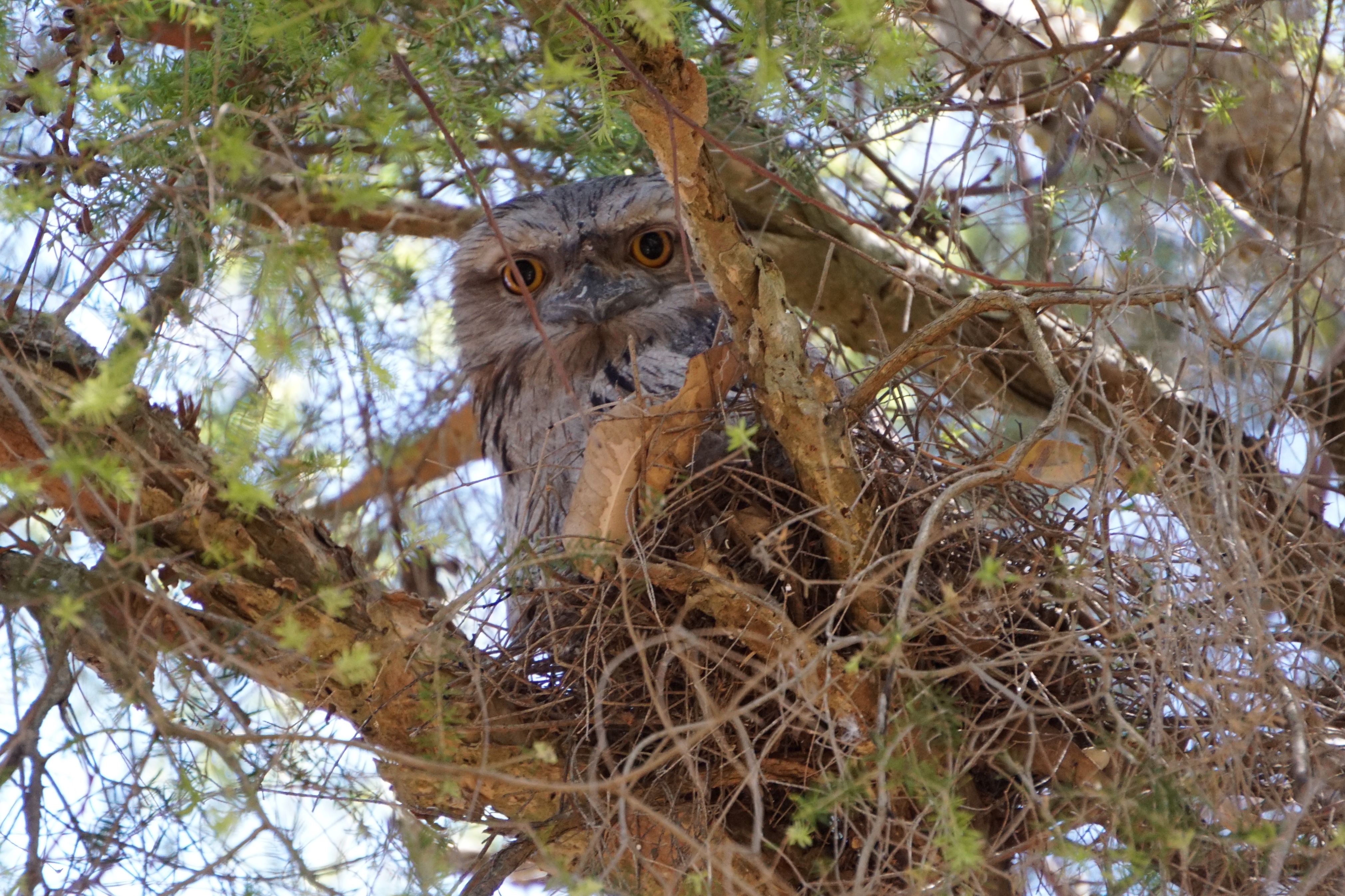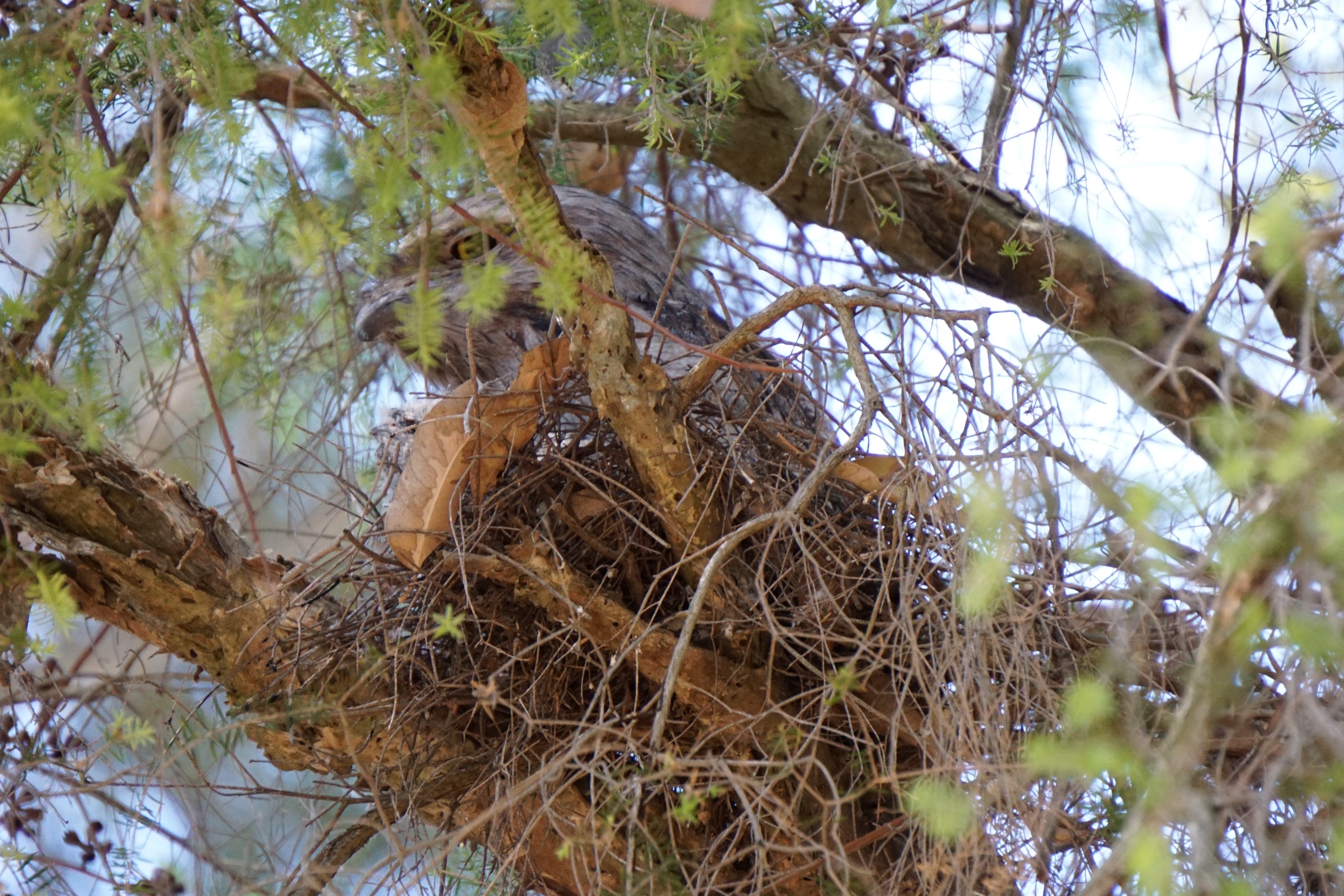Living on a property we see snakes (dugites and tiger snakes) fairly often.If we see them in the bush we ignore them and leave them be, if they are around the house or chooks or other animals we often try to move them on to the bush. We had animals (chooks, sheep etc) inexplicably die which we put down to a snake bite, and have had a few incidences of the dogs catching one and ‘playing ‘ with it, which has naturally been stressful for us and the snakes who often died.
We built a ‘snake lake’ to attract them away from the house a few years back, and recently decided we wanted to be more proactive, so enrolled in a snake handling course with well-known Bob Cooper and it was so, so worthwhile! We learnt so much about snakes, their needs, habits and fears, but also a lot about the bush and of incidental life lessons along the way, for Bob also delivers Outback Safety and Survival courses. We really recommend Bob’s training.
We bought the snake handling kit from him, and within a week had a dugite in front of the gate to the pool and aquaponics, in fact nearly stepping on it! We put the training and the handling kit to good use, successfully and confidently capturing the snake, placing it into a bin and relocating it into the bush at the very back of our bush (a long way from the house!).
One of the things we learnt from Bob is that snakes can climb a considerable height. We knew they could climb a bit as we had seen them escape over the side of the chicken run, but he said if there is a snake in the house always check above the door way before you walk into the room!! Well, we saw this dugite climb between a wall and a down pipe to above our head height before started heading down and we retrieved it with Bob’s specially designed deep-vee hook. It was truly amazing to see! Here is a video of a snake climbing in Gladstone, using its body in just the same way as our dugite.
Seeing a snake so close to the house (2 metres from the front door and in a totally paved area we often frequent) was a real reminder that no matter what we do and what care we take, snakes are a part of living where we do. We haven’t seen one that close to our house for a while, and it is easy to become complacent, but this was a big reminder that they could be anywhere and to always be vigilant.
STOP PRESS: The very next day we have also caught and released a tiger snake that moved across the front veranda!
